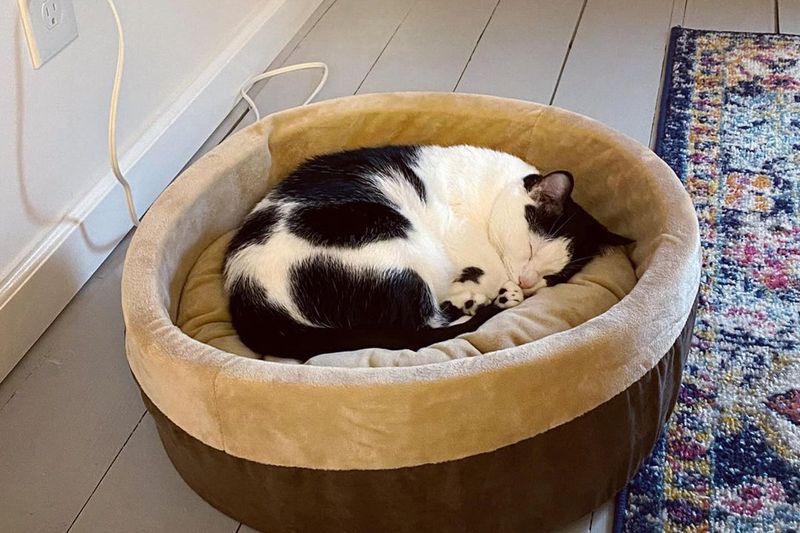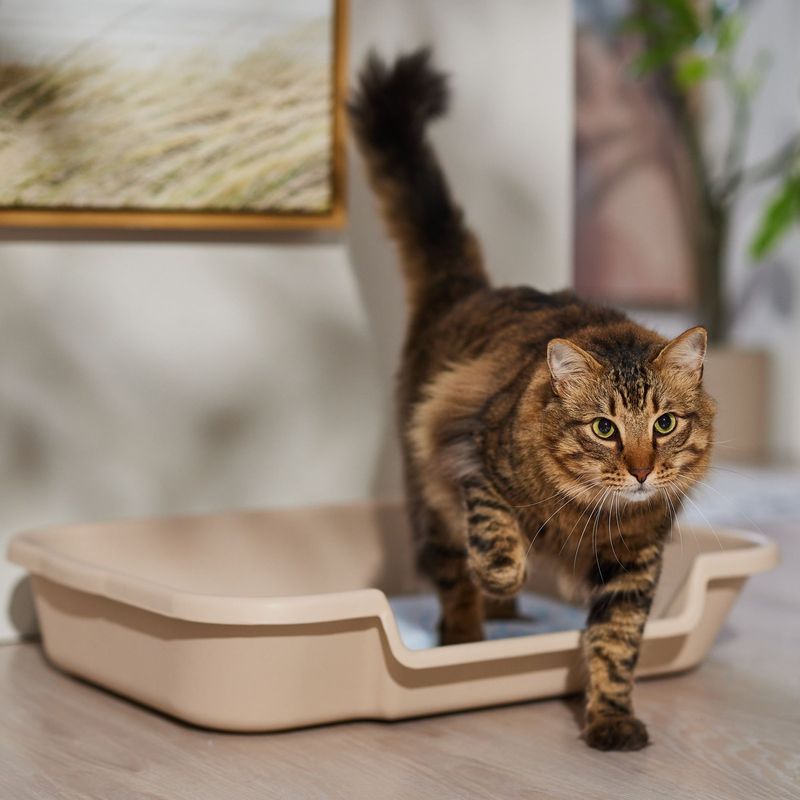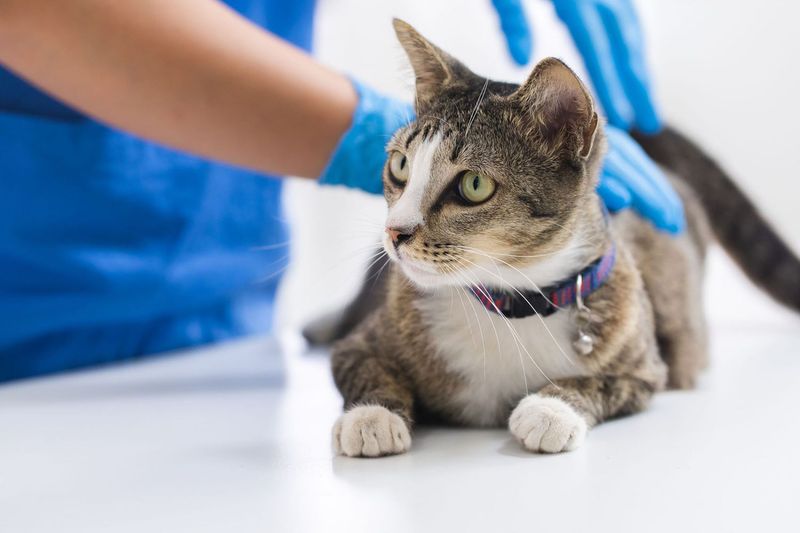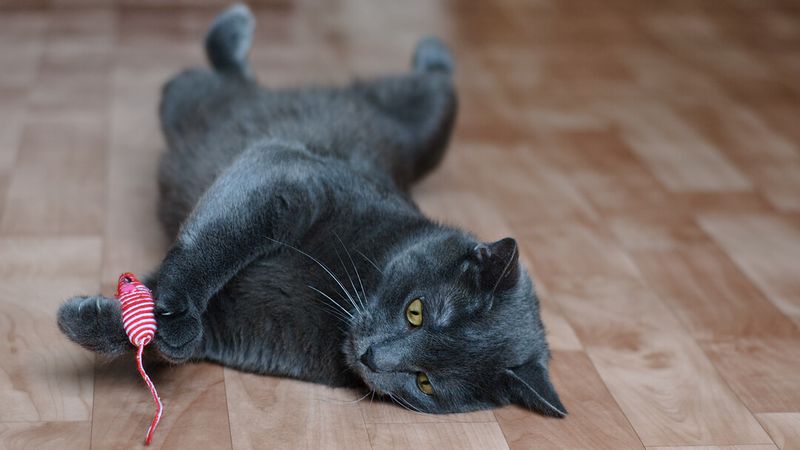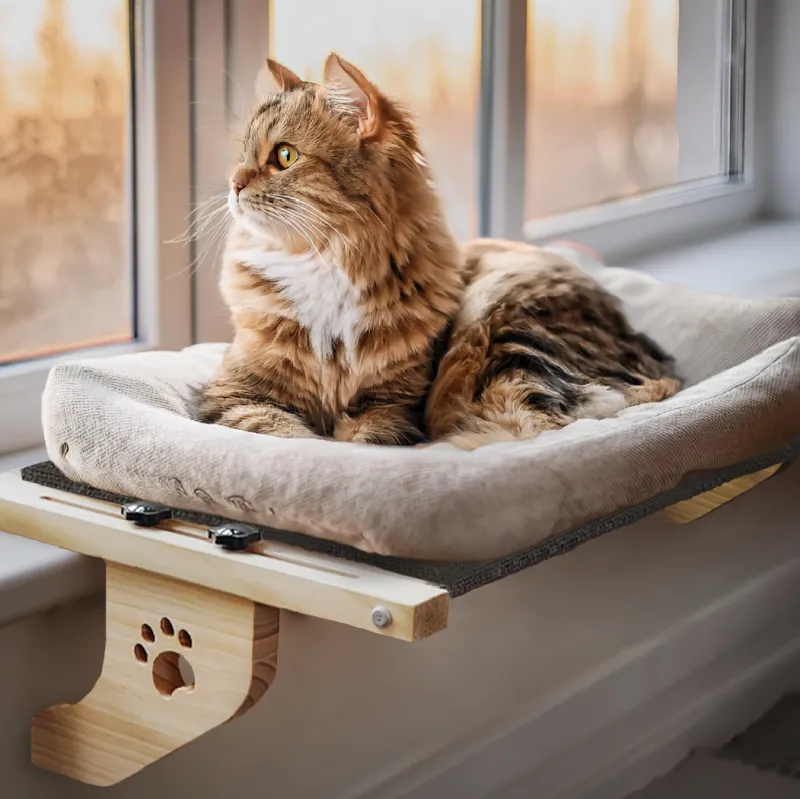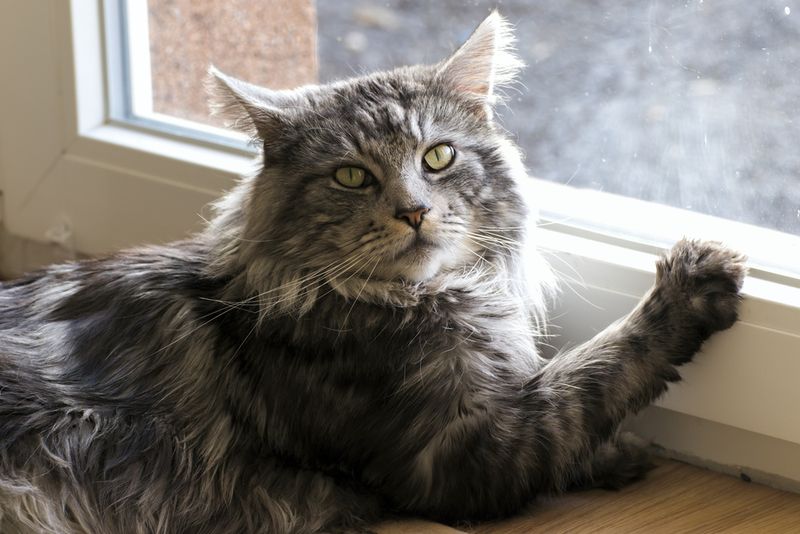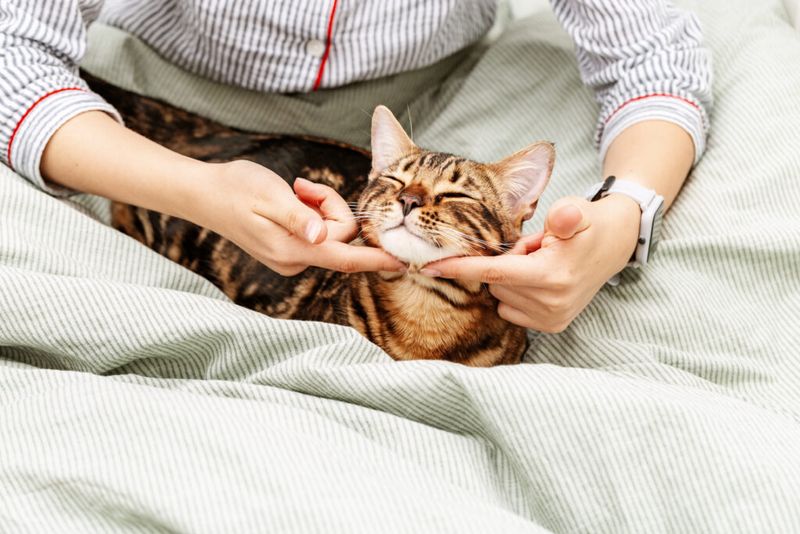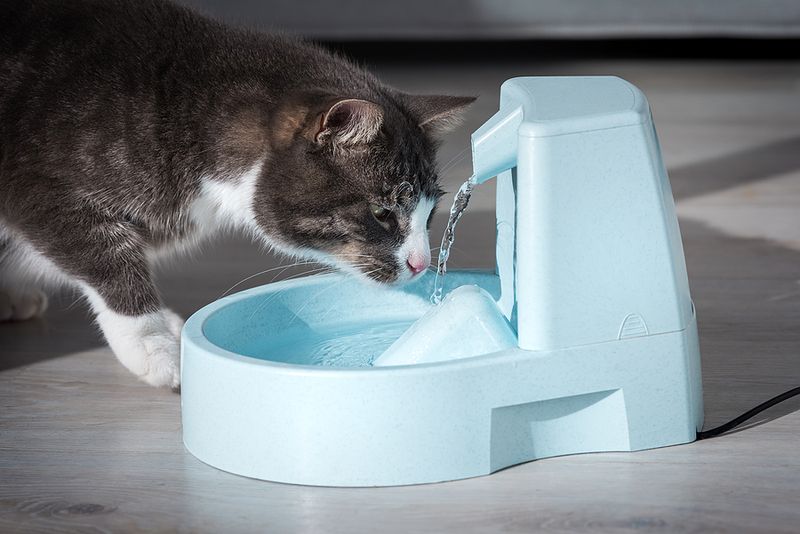📖 Table of Content:
- 1. Create Cozy Sleeping Spots
- 2. Adjust Feeding Stations
- 3. Modify Litter Box Setup
- 4. Provide Gentle Grooming Sessions
- 5. Install Ramps and Steps
- 6. Schedule Regular Vet Check-ups
- 7. Engage in Appropriate Play
- 8. Create Window Watching Stations
- 9. Maintain Consistent Routines
- 10. Provide Gentle Massage
- 11. Monitor and Maintain Hydration
- 12. Adjust Home Temperature
Our feline friends give us years of companionship, purrs, and love. As cats enter their golden years, they deserve extra attention to ensure they remain happy and comfortable. Senior cats face unique challenges, including joint stiffness, decreased energy, and sometimes confusion. Here are thoughtful ways to enhance your aging kitty’s quality of life while strengthening your special bond.
1. Create Cozy Sleeping Spots
Senior cats sleep up to 20 hours daily, making comfortable resting places essential for their aging bodies. Look for beds with orthopedic foam that supports arthritic joints and reduces pressure points.
Place multiple beds throughout your home so your elderly companion can find comfort in different rooms. Warming pads designed specifically for pets provide soothing heat therapy for achy muscles, especially during colder months.
Position these cozy spots away from drafts but near family activities so your cat can rest while still feeling included in household happenings.
2. Adjust Feeding Stations
Elevated food dishes make mealtime less stressful for senior cats with arthritis or mobility issues. Raising bowls 2-4 inches off the ground prevents uncomfortable stretching and reduces strain on neck muscles.
Consider wider, shallow dishes that don’t irritate sensitive whiskers. Many older cats appreciate having their water separate from food to encourage proper hydration.
Monitor eating habits closely – decreased appetite might signal dental pain or other health concerns. Small, frequent meals often work better than large ones as senior digestive systems become more sensitive with age.
3. Modify Litter Box Setup
Low-sided litter boxes remove barriers for arthritic seniors who struggle with high entries. For cats with significant mobility issues, consider cutting a U-shaped entrance in one side of a standard box.
Place multiple boxes throughout your home to reduce long treks. Senior cats with cognitive changes may forget locations or have urgent needs, making convenient access crucial.
Soft, unscented litter feels gentler on sensitive paws. Adding a small night light near the litter area helps older cats with diminishing vision navigate their bathroom breaks during nighttime hours.
4. Provide Gentle Grooming Sessions
Aging cats often struggle with self-grooming as flexibility decreases and joints stiffen. Regular brushing removes loose fur that could cause hairballs while stimulating blood circulation and distributing natural skin oils.
Keep sessions short and positive – about 5-10 minutes daily works better than lengthy weekly sessions. Soft brushes and combs designed for sensitive skin prevent discomfort during these important care moments.
Pay special attention to areas your cat can’t reach easily like the lower back. These bonding sessions also give you opportunities to check for skin issues, lumps, or other changes requiring veterinary attention.
5. Install Ramps and Steps
Jumping becomes challenging as cats age, making favorite perches and sleeping spots increasingly inaccessible. Sturdy wooden ramps with carpet for traction help seniors reach beds, windowsills, and other elevated areas they enjoy.
Strategically placed pet stairs near couches and chairs maintain independence while preventing dangerous leaps. For outdoor cats, create gentle slopes to porches or favorite sunning spots.
Introduce these mobility aids gradually with treats and praise, allowing your cat time to build confidence. Maintaining access to favorite spots preserves important territory and prevents frustration that could lead to behavioral issues.
6. Schedule Regular Vet Check-ups
Twice-yearly veterinary visits catch age-related conditions early when treatment is most effective. Senior cats hide illness remarkably well, making professional assessments vital for detecting subtle changes.
Blood work, blood pressure checks, and thorough physical examinations provide baseline measurements that help track health trends. Many clinics now offer senior-specific wellness packages addressing common concerns like thyroid function and kidney health.
Ask about pain management options if your vet notices arthritis or other painful conditions. Modern veterinary medicine offers many gentle solutions specifically formulated for aging cats, significantly improving their comfort and quality of life.
7. Engage in Appropriate Play
Mental stimulation remains crucial even as physical abilities decline. Wand toys moved slowly along the ground to accommodate decreased jumping ability while still triggering hunting instincts that keep minds sharp.
Food puzzle toys adjusted to easier difficulty levels provide rewarding mental challenges. Many senior cats enjoy simple games like rolling a treat across the floor or batting at crinkly toys.
Short, gentle play sessions of 3-5 minutes several times daily work better than longer sessions that might cause fatigue. Watch for breathing changes or signs of overexertion and always end play before your cat becomes tired, leaving them wanting more.
8. Create Window Watching Stations
Window perches provide endless entertainment for cats with limited mobility. Secure shelves with comfortable padding give seniors front-row seats to the neighborhood wildlife show without physical exertion.
Bird feeders positioned within view create captivating movement that stimulates natural hunting instincts. During warmer months, open windows with secure screens add fascinating scents and sounds to the sensory experience.
Rotate potted cat grass or catnip plants near these areas for additional enrichment. These observation posts offer crucial mental stimulation and environmental enrichment for indoor seniors who can no longer explore outdoors safely.
9. Maintain Consistent Routines
Predictable daily schedules provide security for senior cats, especially those experiencing cognitive changes. Regular mealtimes, play sessions, and cuddle times create reassuring patterns that reduce anxiety.
Avoid rearranging furniture frequently as older cats rely on spatial memory to navigate their environment. When changes are necessary, introduce them gradually and maintain familiar scents on bedding and toys.
Consistency extends to caregivers too – if multiple family members share feeding duties, establish clear protocols everyone follows. This stability becomes increasingly important as cats age, providing comfort through familiar experiences even as their senses and memory may decline.
10. Provide Gentle Massage
Light, circular massages around joints bring relief to arthritic seniors. Focus on shoulders, hips, and spine with gentle pressure that stimulates circulation without causing discomfort.
Warm hands before touching sensitive areas and watch for purring or kneading that signals enjoyment. If your cat flinches or moves away, you’ve found a tender spot requiring extra gentleness or possibly veterinary attention.
Beyond physical benefits, touch strengthens your bond during a life stage when many cats crave more connection. These quiet moments of focused attention reassure your aging companion of their continued importance in your life, addressing the emotional needs that increase with age.
11. Monitor and Maintain Hydration
Water consumption becomes critically important as kidneys age. Running water fountains often entice reluctant drinkers since many cats prefer moving water to still bowls.
Place multiple water stations throughout your home, especially in favorite resting areas. Some seniors appreciate shallow dishes that don’t require whisker compression or wet food with added water for hidden hydration.
Monitor intake by marking water levels or using digital fountains that measure consumption. Dehydration happens quickly in older cats and can seriously complicate existing health conditions, making this simple intervention one of the most important aspects of senior cat care.
12. Adjust Home Temperature
Senior cats lose body heat efficiency as they age, making environmental temperature more important. Maintain consistent indoor warmth between 70-75°F to prevent uncomfortable chills that can worsen joint pain.
Self-warming beds using reflective technology return body heat without electricity, creating cozy microclimates. During summer months, ensure cool retreats are accessible as older cats struggle more with heat regulation.
Pay special attention to drafty areas near windows or doors where temperature fluctuations occur. These simple environmental adjustments significantly impact comfort for thin-coated seniors or those with decreased body fat who can no longer regulate temperature efficiently.

